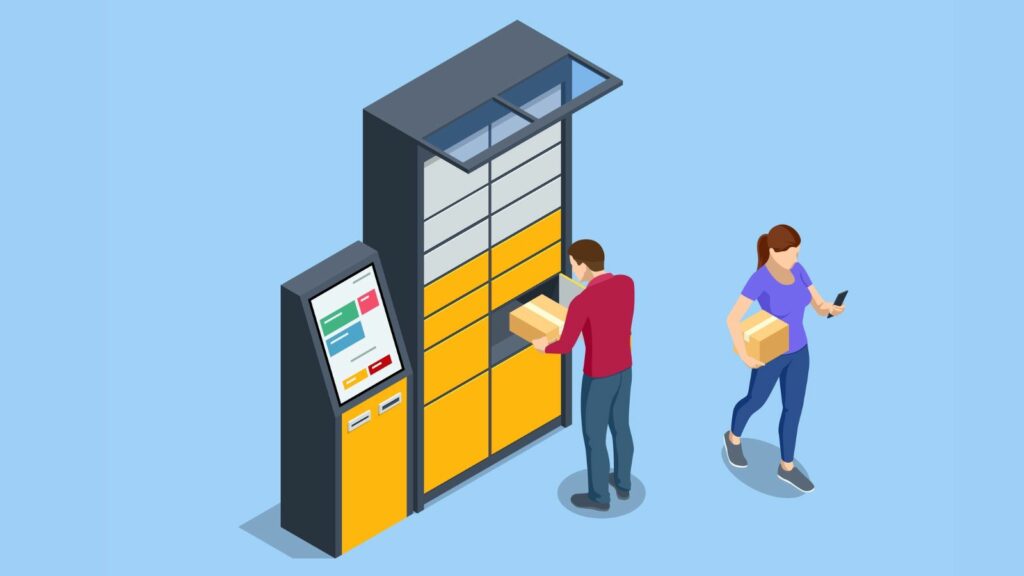If you’ve recently gone shopping and felt a pang of shock at the cost of your weekly groceries, you’re not alone. Many Canadians have noticed that filling your cart just doesn’t come as cheap as it used to. While inflation might be the word on everyone’s lips these days, the story behind our rising grocery bills is more complicated—and, in many ways, more personal. Let’s take a friendly, down-to-earth look at 20 reasons why the price tag on your food is getting heavier.
Energy Costs That Keep Climbing

Think about the last time you paid your gas bill. When fuel prices go up, it doesn’t just affect your car’s mileage—it impacts farmers, truckers, and everyone involved in getting food from the field to your local supermarket. Higher fuel costs mean higher expenses for everything from planting and harvesting crops to transporting them across Canada. And when costs go up at every step, it’s only natural that your grocery bill would follow suit.
Mother Nature’s Unpredictability

We all know that weather can be a fickle friend. One year, a drought might leave fields parched and crops failing; the next, unexpected floods could wash away a harvest. With climate change making weather patterns more erratic than ever, farmers are finding it harder to predict how much food they’ll produce. When Mother Nature doesn’t cooperate, shortages happen—and that means higher prices at the checkout.
The Rising Cost of a Good Day’s Work

It’s not just the weather; it’s the people, too. From the hands that plant and harvest to those who process and package your food, labor is at the heart of every step. When wages rise—whether because of a shortage of skilled workers or to keep up with living costs—the extra expense often ends up in your shopping bag. Higher labor costs are one of the hidden reasons why your favorite loaf of bread might cost a few more dollars than before.
The Canadian Dollar’s Rollercoaster Ride

If you’ve ever exchanged Canadian dollars for another currency, you know it can feel like a game of chance. A weaker Canadian dollar means imported goods, including many food products and ingredients, become more expensive. So when the dollar isn’t doing so well, your international cheese or exotic fruit might cost more than you expected.
Global Supply Chains in Turmoil
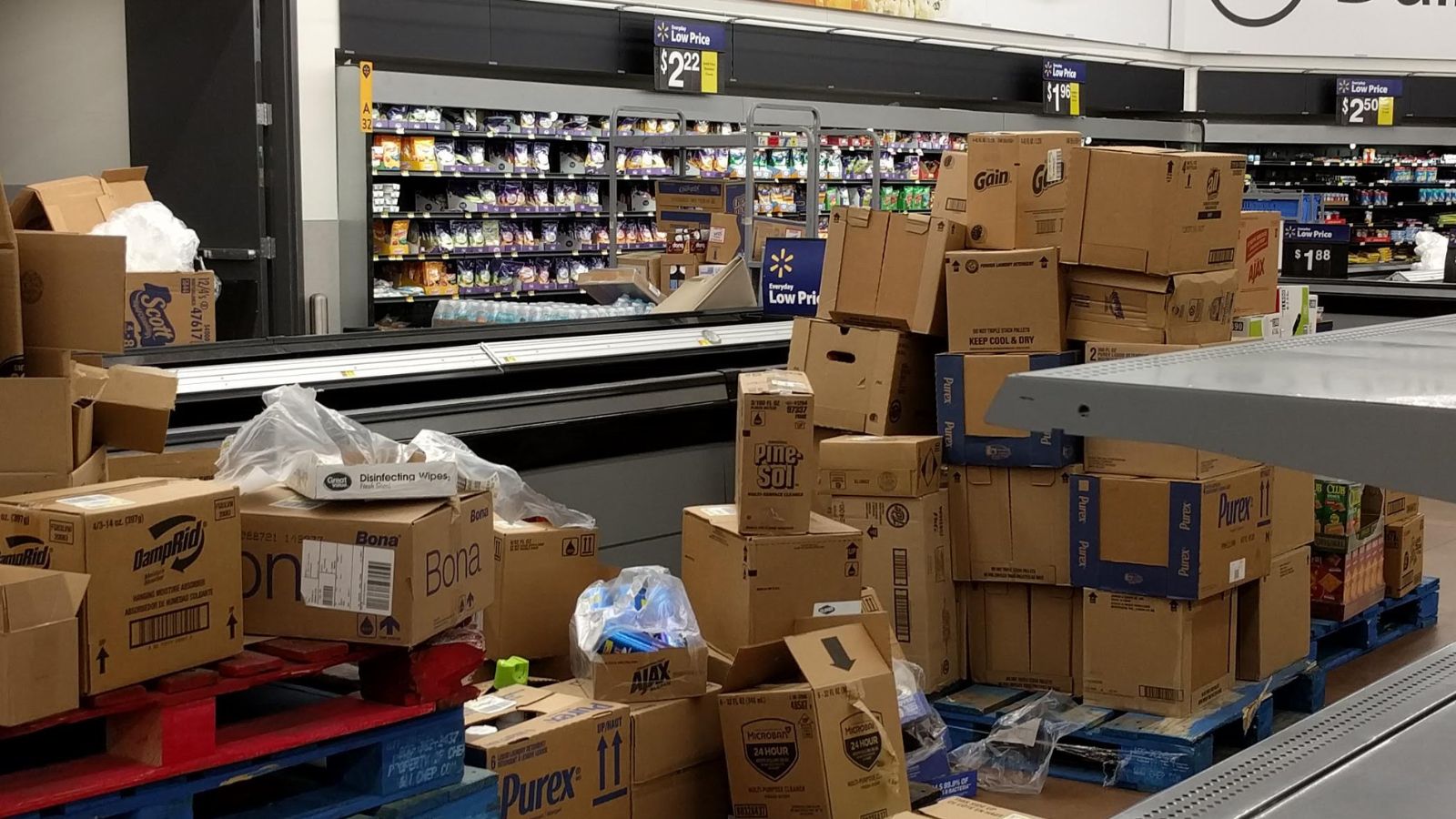
Remember the chaos at the start of the COVID-19 pandemic? Supply chains—the complex networks that move products around the globe—were hit hard. Ports got congested, trucks were delayed, and factories had to slow down or even stop. Even though things have improved, many of those disruptions still echo today. When the flow of goods is interrupted, shortages can occur, and retailers often have no choice but to raise prices.
Tariffs and Trade Tensions
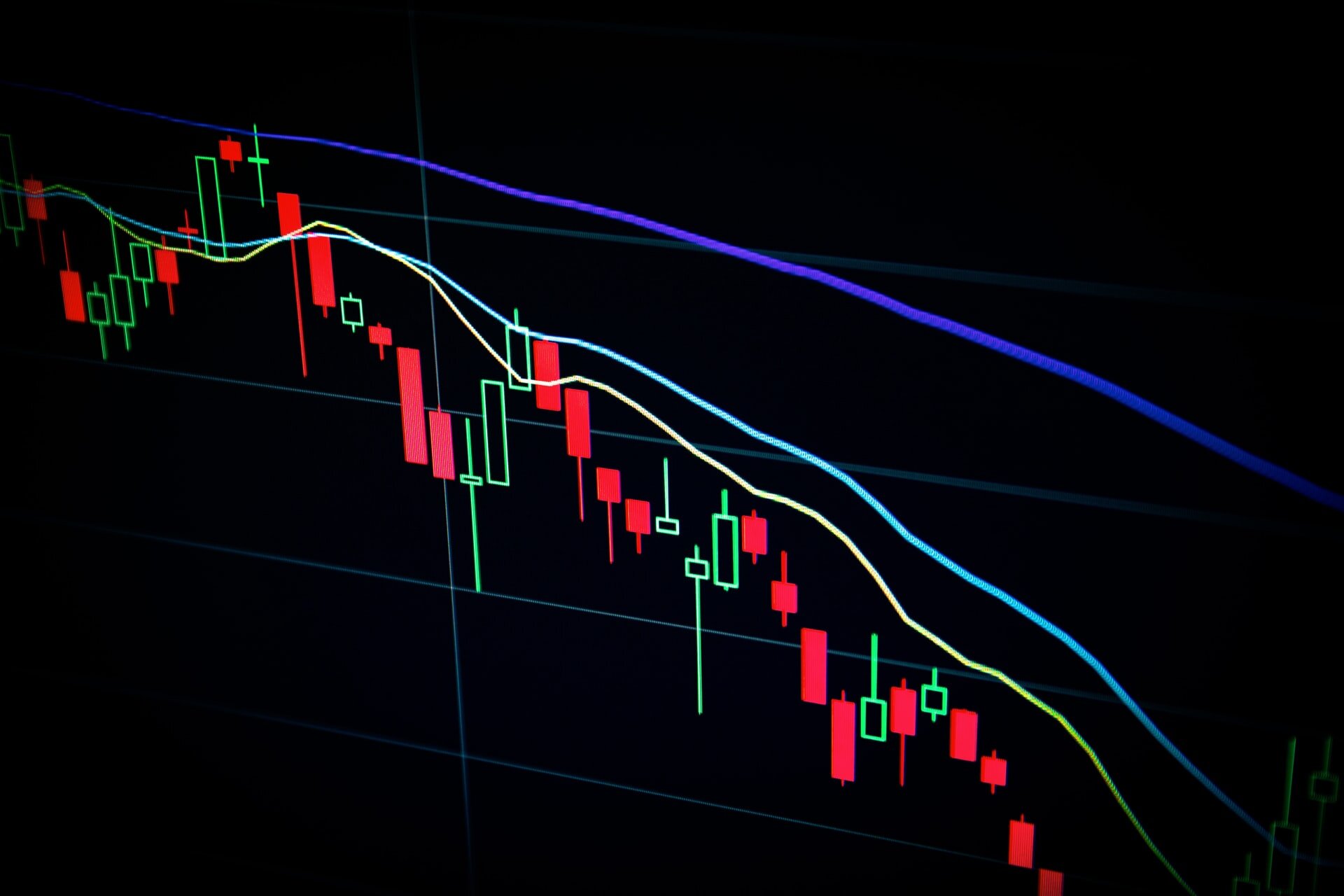 Trade isn’t always smooth sailing. Political decisions—like tariffs imposed on Canadian goods by other countries (or even proposed ones by our neighbors)—add an extra cost to products traded across borders. These trade disputes can cause ripple effects that raise the prices of imported ingredients and finished food products.
Trade isn’t always smooth sailing. Political decisions—like tariffs imposed on Canadian goods by other countries (or even proposed ones by our neighbors)—add an extra cost to products traded across borders. These trade disputes can cause ripple effects that raise the prices of imported ingredients and finished food products.
Fuel and Transportation Costs on the Rise

Beyond just energy for production, the cost of getting food from point A to point B is rising, too. Canada’s vast size means that food often has to travel long distances. When fuel prices increase, so do shipping, trucking, and even air freight costs for those remote areas. It’s a bit like adding a delivery fee to every item in your basket—even if you don’t see it on the price tag, it’s there.
Shortages in the Transportation Workforce
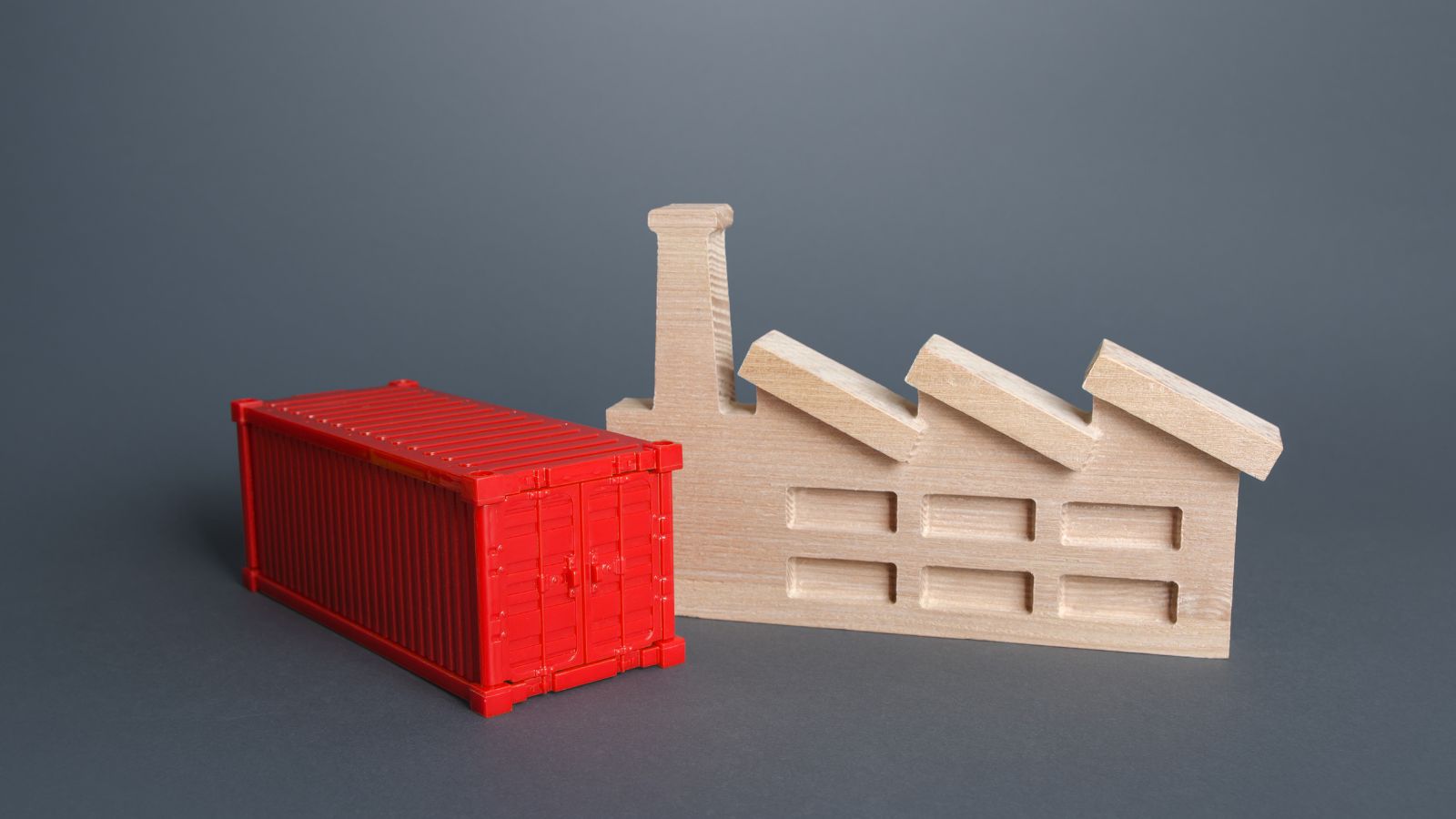
Have you ever noticed how sometimes you can’t find a truck driver or see empty shelves at your local store? It turns out that shortages in key sectors—like trucking and warehousing—can cause delays. When goods don’t move as quickly as they should, the extra cost of these inefficiencies is passed on to you as higher prices.
Canada’s Supply Management Policies

Canada has a unique way of supporting its farmers, particularly in the dairy, poultry, and egg sectors. Known as supply management, these policies limit how much can be produced and control imports to help local producers earn a steady income. While this system helps ensure that Canadian farmers are protected, it also means that the prices for these products are often higher than they might be in a more open market. It’s a trade-off between supporting local agriculture and keeping prices low.
What Some Call “Greedflation”

There’s much talk about “reflation”—the idea that some companies might be taking advantage of tough times to increase their profits beyond what rising costs alone would explain. While the debate is heated, and many experts argue that increased markups are only part of the story, it’s clear that higher profit strategies by some retailers have become a part of the conversation when we see the overall rise in grocery bills.
The Hidden Costs of Packaging and Processing

Modern food isn’t just grown on a farm and sold as is. Most of it goes through processing and packaging to make it safe, long-lasting, and appealing on the shelf. The cost of packaging materials—like plastics, paper, and aluminum—has gone up, and processing plants are facing their own set of rising expenses. These additional layers of cost mean that by the time a product reaches you, it’s already more expensive than it once was.
The End of Temporary Price Freezes

During uncertain times, many stores chose to freeze prices to help consumers cope with the shock. But when these freezes end, there’s often a sudden adjustment. Retailers need to catch up on increased supplier costs that were temporarily held at bay, and that “catch-up” can lead to a sharp jump in prices almost overnight.
Changing Consumer Habits

The pandemic changed the way we live—and the way we shop. With restaurants closed or limited, more people began cooking at home. This shift meant that grocery demand skyrocketed. Even as we slowly return to dining out, many of us continue to buy more groceries than before. Increased demand in the grocery sector naturally drives prices up, especially when supply can’t keep pace with the sudden change in consumer habits.
The Panic of Stockpiling

We’ve all been there: the rush to stock up on essentials when there’s a rumor of shortages. Panic buying can create temporary shortages, and even a short-term surge in demand can lead retailers to raise prices. It’s a bit of a self-fulfilling prophecy—when you see empty shelves, you rush to buy what you can, forcing prices even higher.
The Ripple Effects of General Inflation
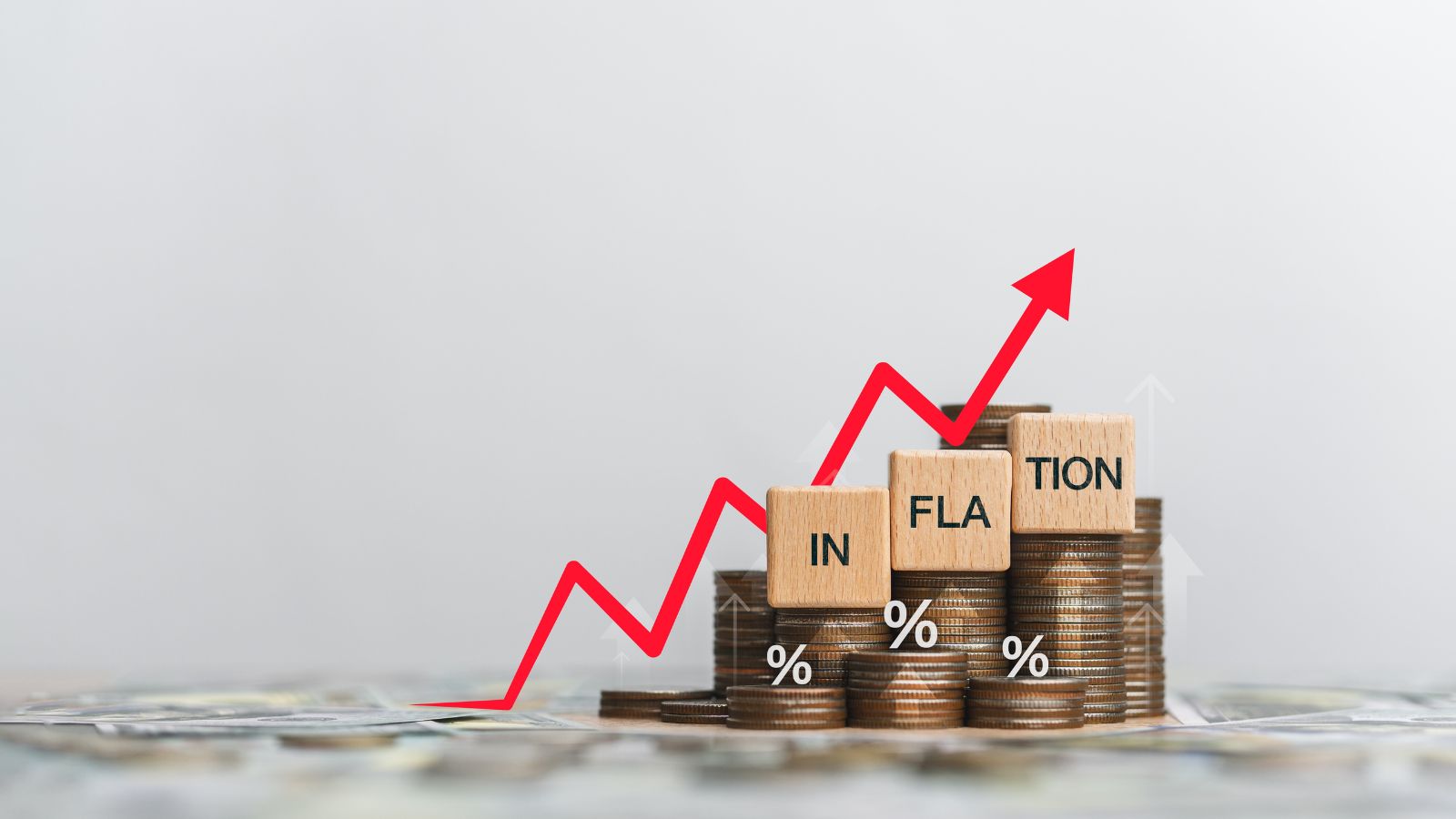
Beyond the grocery aisle, the overall inflation that affects our economy plays a significant role. Government stimulus measures and other fiscal policies have pushed up the general price level in the economy. When inflation affects everything from rent to transportation, it inevitably creeps into the cost of food.
The Cost of Environmental Regulations

In our efforts to build a greener future, new environmental policies—like carbon pricing—are being put in place. While these measures are designed to benefit our planet in the long run, they can increase production costs in the short term. For example, if a factory has to invest in cleaner technologies or pay higher fees for carbon emissions, those extra costs will likely be reflected in the price of the food products it produces.
Global Political Uncertainty

International tensions and trade disputes aren’t just headlines—they have real impacts on our everyday lives. When political instability or trade wars break out, it creates uncertainty that can drive up the cost of commodities. For instance, if a major trading partner experiences a crisis, it can lead to supply disruptions or sudden price hikes for imported goods.
The Rising Price of Imported Goods

Canada imports many of its food, from specialty items to everyday ingredients. When factors like tariffs or exchange rate issues drive up the cost of these imports, Canadian retailers have no choice but to pass those increased costs on to consumers. Whether it’s fresh fruit from abroad or a batch of imported cheese, the rising cost of goods from overseas adds to our grocery bills.
Logistical Bottlenecks That Slow Everything Down

Even when there is enough food, getting it from point A to point B isn’t always smooth. Logistical challenges—like congested ports, limited storage space, or delays in shipping—can create bottlenecks that disrupt the supply chain. When the flow of goods is slowed down, retailers must pay more to speed things along or find alternative routes, and those extra costs end up on your receipt.
Regional Differences and the Challenge of Remote Delivery

Finally, it’s important to recognize that not all Canadians pay the same price for groceries. In remote or northern communities, the cost of delivering food is significantly higher. Imagine living in a small town where everything has to be flown in or driven over treacherous, icy roads—it’s no surprise that residents in these areas often face much steeper prices than those in big cities. This regional disparity highlights how local conditions can amplify the effects of broader economic pressures.
Conclusion

So, what does this mean for everyday Canadians? If you’ve been feeling the squeeze at the checkout, you now have a clearer picture of why your grocery bills are increasing. It’s not just one thing—there’s a whole web of interconnected factors at play. From the high cost of energy and unpredictable weather to labor shortages and global trade disputes, each element contributes to the overall increase in prices.
While some factors, like global energy prices or international trade disputes, are largely out of our control, others are things that governments and businesses can work on. Addressing inefficiencies in the supply chain, finding innovative ways to reduce production costs, or even rethinking policies that contribute to price stability for producers could eventually ease the burden on Canadian shoppers.
25 Countries Predicted to Become Economic Superpowers in the Next 20 Years

The strength of an economy plays a crucial role in various international policies about trade and relations. Certain factors determine the strength of an economy, including population growth, availability of resources, and development and advancement. Here are 25 countries predicted to become economic superpowers in the next 20 years
25 Countries Predicted to Become Economic Superpowers in the Next 20 Years
